Thirty years after the widespread establishment of the concepts of environmental continuity in Europe and Italy, linked to the EU Habitat Directive and the Natura 2000 project, these have almost completely lost their impetus. After having fostered a very intense scientific and political/administrative/managerial period, these concepts have produced only a few virtuous examples of implementation. The study presented in this paper shows that today national environmental quality is almost entirely based on land use categories that are scarcely protected and not subject to sufficiently binding planning. Moreover, their functional structure and extension/quality depend on how the local and global market impact spatially complementary categories mostly affected by anthropic action, which instead undergo efficiently planned changes. From the fundamental paradigm of "ecological networks" the interests of the scientific world and local authorities have shifted to other fronts, losing that physical and conceptual cohesion inherent in "environmental continuity" as a value in itself. The availability of recent, very advanced data helps take stock of this issue and verify critical points on the national territory that have been unresolved for several decades, but still rife with potential for the application of models of international value.
1.
Introduction
1.1. Modeling traffic flow in the congested regime
We consider the Cauchy problem associated with the following 2×2 system of conservation laws in one space dimension:
The functions ρ:(0,∞)×R→R and u:(0,∞)×R→R represent the vehicular density and the generalized momentum, respectively. The velocity law is given by uf(ρ), where the function f=f(ρ) describes the reaction of drivers to the different crowding levels of the road.
System (1) describes the evolution of congested traffic in the second-order macroscopic traffic model introduced in [13] as an extension of the classical first-order Lighthill-Whitham-Richards (LWR) model (see [28, 34]) allowing different drivers to have different maximal speeds. According to the empirical evidence that vehicular traffic behaves differently in the situations of low and high densities, see [24], the model in [13] consists of two different regimes or phases: a free phase, described by a single transport equation, and a congested one, modeled by the 2×2 system (1).
We remark that the well-known second-order Aw-Rascle-Zhang (ARZ) model in its original form [1, Formula (2.10)], i.e.
has some similarities, at least formally, with (1). Indeed the quantity v+p(ρ) in the ARZ model plays an analogous role to that of uρ in (1). However, since the pressure term p in the ARZ model depends only on the density ρ, there is no any admissible change of variable, which transforms (1) into the ARZ model and vice-versa.
The original ARZ model does not distinguish between a free and a congested phase, but it was extended in this direction in [20], where Goatin generalized the two-phase model proposed by Colombo in [12], coupling the LWR equation in the free phase with the ARZ model in the congested phase. A peculiar difference between the aforementioned models and the one formulated in [13] is that the two phases are here connected. For other second order macroscopic or two-phase models describing traffic evolution, see [4, 17, 19, 21, 27, 39] and the references therein.
In the present paper, we do not consider phase transitions; we focus on the evolution of traffic in the congested regime given by system (1). Indeed, the more complex and richer dynamics happens in the congested phase. On the other hand, in the free phase the model reduces to a linearly degenerate 2×2 system, where each driver's speed is constantly equal to the maximal one. Our main contribution is a proof that the solutions of the viscous approximations of (1) converge to a weak solution of the hyperbolic system.
1.2. Vanishing viscosity for systems of conservation laws
The vanishing viscosity limit of uniformly parabolic viscous regularizations of scalar conservation laws is a crucial point in Kružkov's well-posedness theory (see [26] and [5, 14, 23] for a modern exposition). The developments concerning the vanishing viscosity approximation of systems of conservation laws are more recent. DiPerna proved convergence for certain classes of 2×2 genuinely nonlinear systems in [9, 15, 25]. His results were subsequently extended in many directions to more general systems describing gas dynamics or other physical phenomena (e.g. shallow waters, liquid chromatography, etc.) – see, e.g. [10, 22, 31, 40] and references therein. The proofs rely on a compensated compactness argument: the key idea, introduced by Tartar and Murat (see, e.g., [16, Chapter 5] for a survey), is as follows: the invariant region method provides uniform L∞ bounds on the sequence of viscous approximation, but the weak-star convergence does not allow to pass to limit in the nonlinear terms of the equations; however, the weak limit can be represented in terms of Young measures, which reduce to a Dirac mass (hence giving strong convergence) due to the entropy dissipation mechanism. In [35], Serre proved the global existence of weak solutions for a 2×2 Temple class systems, that is for systems with either linearly degenerate characteristic fields, or with straight characteristic curves (see also [38]). Coclite, Karlsen, Mishra, Risebro applied an improved compensated compactness result due to Panov (see [33]) to prove convergence for 2×2 triangular systems in [11]. For strictly hyperbolic n×n systems with small initial total variation, in [3], Bianchini and Bressan managed to develop a theory of vanishing viscosity based a priori BV bounds on solutions. We remark that the general uniqueness results known for systems of conservation laws apply only to BV solutions (see [5, 6, 7, 8, 29, 30]); therefore, the uniqueness of the L∞ solutions obtained by the compensated compactness method remains a long-standing open problem.
None of the previously known results can be directly applied to our problem: indeed, we do not assume any smallness condition on the initial data and system (1) is neither of Temple class nor genuinely nonlinear nor triangular.
1.3. Outline of the paper
The paper is organized as follows. In Section 2, we introduce the approximate viscous system and we state the main result together with the assumptions on the function f and on the initial data. Section 3 is dedicated to several a priori estimates for the solutions of the viscous system and to the compactness of the family of Riemann invariants, which is a preliminary step in the proof of the main result. Finally, in Section 4, we prove the existence of a solution to (1) by the vanishing viscosity approach. Here the main tool is the version of the compensated compactness proposed by Panov in [33].
2.
Main result
Before stating the main result of the paper, Theorem 2.2, we introduce the viscous approximation of (1) and all the required assumptions.
We consider a flux function f that satisfies the following hypothesis:
(F): f∈C2([0,1];R+) satisfies f(1)=0 and the function ρ↦ρ2f(ρ) is not affine in every nontrivial subinterval of [0,1].
Assumption (F) guarantees that the function g:[0,1]→R+, defined by
for every ρ∈[0,1], is genuinely nonlinear.
Example 1. The affine function f(ρ)=1−ρ satisfies assumption (F). Indeed g"(ρ)=2−6ρ is equal to 0 if and only if ρ=13.
Example 2. Choose δ∈(0,1) and define f∈C2([0,1];R+) such that f′(ρ)<0 for every ρ∈(δ2,1), f(ρ)=2δ−1 for every ρ∈[0,δ2], and f(ρ)=1ρ−1 for ρ≥δ. This is a typical choice in traffic flow modeling. Note that it is possible to choose f such that assumption (F) is satisfied.
On the initial data ρ0:R→R and u0:R→R, we assume that there exist two constants 0<ˇw<ˆw<∞, such that
Remark 1. Assumptions (3) and (4) on the function ρ0 imply also that the function ρ0−1 belongs to L1(R).
We use the following definition of weak solution of problem (1).
Definition 2.1 (Weak solutions) Given ρ0∈L∞(R;R) and u0∈L∞(R;R), we say that the couple (ρ,u) is a weak solution of (1) if the following statements hold:
1. ρ∈L∞((0,+∞)×R;R);
2. u∈L∞((0,+∞)×R;R);
3. for every φ∈C∞c([0,+∞)×R;R),
4. for every φ∈C∞c([0,+∞)×R;R),
Let us consider the following viscous approximation of (1):
where ε>0 and the initial data ρ0,ε and u0,ε are smooth approximations of ρ0 and u0, respectively. More precisely we assume:
The well-posedness of classical solutions of (5) is guaranteed for short time by the Cauchy-Kowaleskaya theorem (see [37]) and for large times by the classical parabolic theory (see [18] or [31, Theorem 1.0.2]), provided uniform L∞ bounds for ρε and uε. These a priori estimates are proved in Lemma 3.1 and imply that ρε is defined for every t>0 and that ρε(t,x) is strictly positive for every t>0 and x∈R.
A key ingredient for the proof is the analysis of the Riemann invariant
(see [14, Section 7.3] for a definition of Riemann invariants). From (5), we easily deduce that wε satisfies the equation
Our main result is the following convergence theorem.
Theorem 2.2 (Convergence of the vanishing viscosity approximation). Let us suppose that the assumptions (F), (8), (9), and (10) hold. Then, there exists a sequence {εk}k∈N⊂(0,∞),εk→0, and a weak solution (ρ,u) of problem (1), in the sense of Definition 2.1, such that
where (ρεk,uεk) is a classical solution of the viscous problem (5).
3.
A priori estimates and compactness results
In this section, we obtain several a priori estimates on the functions ρε,uε, solutions of (5), and on the function wε, defined in (11). For the sake of simplicity, throughout this section, we use c to denote various constants, which are independent of the parameter ε and of the time t.
Lemma 3.1 (L∞ estimates on ρε,uε,wε). Let us assume that (F) and (9) hold. For every t>0 and x∈R, we have that
where cε(⋅) is positive and continuous function defined in [0,∞).
Proof. Due to (F) and (9), the functions r=ρε and r=1 are a solution and a supersolution (respectively) of the Cauchy problem
Therefore, the third inequality of the first line follows from the comparison principle for parabolic equations (see [18]). Moreover, the functions r=ρε and r=0 are a solution and a subsolution of the Cauchy problem (15), respectively; hence, the comparison principle implies that 0≤ρε(t,x).
Due to (9), the functions r=uε−ˇwρε and r=0 are respectively a solution and a subsolution of the Cauchy problem
Using the comparison principle for parabolic equations (see [18]), we gain ˇwρε≤uε. An analogous argument proves that uε≤ˆwρε.
For the proof that ρε(t,x)≥cε(t) for every t>0 and x∈R, we use the same argument as in [31, Theorem 1.0.2]. The first equation in (5), with the change of variable qε=log(ρε), can be written as
so that, using the heat kernel Kε(t,x)=12√πεte−x24εt and (9),
From (F) and the estimate 0≤uε≤ˆwρε≤ˆw, we deduce that
Moreover, using again (F) and the estimate 0≤uε≤ˆwρε≤ˆw, we get
Therefore, for x∈R and t>0, we conclude that
So, for every x∈R and t>0,
with
This proves the first inequality in the first line of (14).
Finally, the third line of (14) follows from the second one, the definition of wε given in (11), and the fact that ρε>0.
Lemma 3.2 (L1 estimates on ρε−1). Let us assume that (F), (8), and (9) hold. For every t≥0, we have that
Proof. Lemma 3.1 implies that 1−ρε is positive. Therefore, using (5) and observing
due to (14), we deduce that
An integration over (0,t) and assumption (8) give the claim.
Lemma 3.3 (BV estimate on wε). Let us assume that (10) holds. We have that
for every t≥0.
Proof. Differentiating (12) with respect to x, we get
In light of [2, Lemma 2],
where δ{∂xwε=0} is the Dirac delta measure concentrated on the set {∂xwε=0}. An integration over (0,t) and assumption (10) give the claim.
Lemma 3.4 (L1 estimate on ln(ρε)). Assume (F), (8), (9), and (10) hold. We have that
for every t≥0.
Proof. Using the definition of wε (see (11)) in (5), we get
Let us consider the function F:(0,+∞)→R defined, for every ξ>0, by
Thanks to (14) and (17), we have that
An integration over (0,t) and (17) give the claim.
Lemma 3.5 (L2loc estimate on wε). Let us assume that the assumptions (F), (8), (9), and (10) hold. Let χ∈C∞c(R) be a non negative cut-off function with compact support. Then there exists a positive constant c, possibly depending on the function χ, such that
for every t≥0.
Proof. Thanks to (12), (14), and (17), we have that
Integrating over (0,t) and using (10) and (18), we deduce that
where we used assumption (9) and Lemma 3.4 in the last line. This concludes the proof.
3.1. Compactness of wε
This subsection deals with the compactness of {wε}ε>0, which is a preliminary step for the proof of Theorem 2.2. We use the following result, due to Murat (see [32] or [14, Lemma 17.2.2]).
Theorem 3.6 (Murat's compact embedding). Let Ω be a bounded and open subset of RN with N≥2. Assume {Ln}n∈N is a bounded sequence of distributions in W−1,∞(Ω). Suppose also that, for every n∈N, there exists a decomposition
where {L1,n}n∈N lies in a compact subset of H−1loc(Ω) and {L2,n}n∈N lies in a bounded subset of Mloc(Ω). Then {Ln}n∈N belongs to a compact subset of H−1loc(Ω).
The following result about the compactness of wε holds.
Lemma 3.7. (Compactness of {wε}ε>0) Let us assume that the assumptions (F), (8), (9), and (10) hold. Then, there exist a sequence {εk}k∈N⊂(0,∞), εk→0, and a function
such that
as k→+∞.
Proof. Note that the equation (12) for wε can be rewritten in the form
Thanks to Lemma 3.1,
Observing that {√ε∂xwε}ε>0 is bounded in L2loc((0,∞)×R) (see Lemma 3.5), we gain
Using Lemmas 3.4 and 3.5,
Finally, Lemmas 14 and 3.3 guarantee that
Therefore, in light of Theorem 3.6, we deduce that
On the other hand, from Lemma 3.3, we deduce that {∂xwε}ε>0 is bounded in L1loc((0,∞)×R) and, by Lemma 3.1, it is bounded in W−1,∞((0,∞)×R). Therefore, Theorem 3.6 yields that
This concludes the proof.
4.
Proof of the main theorem
In this section, we prove Theorem 2.2. To this end, first we state – in our setting – a compensated compactness result due to Panov (see [33, Theorem 2.5 and Remark 1]), which improves the classical compensated compactness theorem by Tartar (see [36] or [14, Lemma 17.4.1]).
Theorem 4.1 (Panov's compensated compactness). Let {vν}ν>0 be a family of functions defined on (0,∞)×R and w the limit function introduced in Lemma 3.7. If {vν}ν∈N lies in a bounded set of L∞loc((0,∞)×R) and if, for every constant c∈R, the family
where g is a genuinely nonlinear function, lies in a compact set of H−1loc((0,∞)×R), then there exist a sequence {νk}k∈N⊂(0,∞),νk→0, and a map v∈L∞((0,∞)×R) such that
as k→∞.
Proof of Theorem 2.2. We begin by proving the compactness of {ρε}ε>0. Let c∈R be fixed. We claim that the family
is compact in H−1loc((0,+∞)×R), where g is the function defined in (2), which is genuinely nonlinear due to assumption (F). For simplicity, we introduce the following notations:
Let us remark that
Let {(ηε,qε)}ε>0 be a family of maps such that
for every ε>0.
Using (2), (5), (11), and (30), we deduce that
By Lemma 3.1, Lemma 3.3, and (30), there exist c1>0 and c2>0 such that
proving that I1,k is bounded in L1((0,T)×R) for every T>0.
By Lemma 3.1, Lemma 3.4, and (30), we deduce that there exist c1>0 and c2>0 such that, for every T>0,
proving that I2,k→0 as k→+∞ in H−1((0,T)×R).
By Lemma 3.1 and Lemma 3.4, there exists c>0 such that, for every T>0,
proving that I3,k is bounded in L1loc((0,∞)×R).
By Lemma 3.1 and (30), there exists c>0 such that
proving that both I4,k→0 and I5,k→0 as k→+∞ in H−1loc((0,∞)×R).
Finally, (30) implies that, for every ξ∈(0,1),
for a suitable constant c>0. By Lemma 3.1 and Lemma 3.7, for every set K which is compactly embedded in (0,∞)×R, we get
and so
Having proved that the family
is compact in H−1loc((0,+∞)×R), the compactness of {ρε}ε>0 follows from Theorem 4.1. This, together with the compactness of {wε}ε>0 established in Lemma 3.7, yields the compactness of {uε}ε>0 since uε=wερε (see (11)).
In conclusion, we have proved that there exists (u,ρ)∈L∞((0,∞)×R;R) such that
By Lebesgue's dominated convergence theorem, we conclude that (ρ,u) is a weak solution of (1) in the sense of Definition 2.1.
Acknowledgments
The authors are members of the Gruppo Nazionale per l'Analisi Matematica, la Probabilità e le loro Applicazioni (GNAMPA) of the Istituto Nazionale di Alta Matematica (INdAM). G. M. Coclite as been partially supported by the Research Project of National Relevance "Multiscale Innovative Materials and Structures" granted by the Italian Ministry of Education, University and Research (MIUR Prin 2017, project code 2017J4EAYB and the Italian Ministry of Education, University and Research under the Programme Department of Excellence Legge 232/2016 (Grant No. CUP - D94I18000260001). N. De Nitti is partially supported by the Alexander von Humboldt fundation and by the TRR-154 project of the Deutsche Forschungsgemeinschaft (DFG). We thank M. Gugat and E. Zuazua for several helpful conversations. We also thank the Referees for their valuable comments, which have contributed to improve the paper.











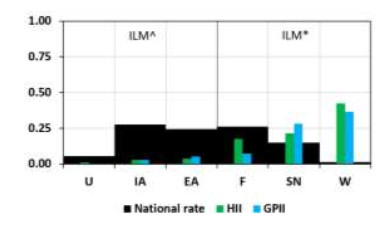

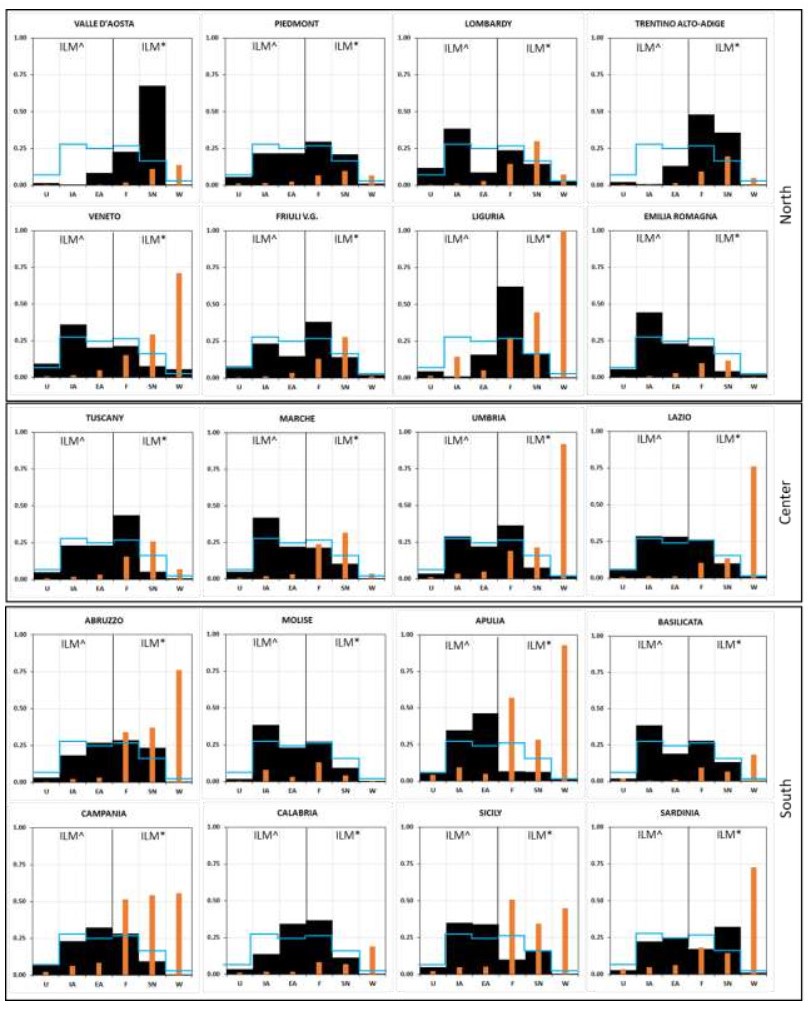
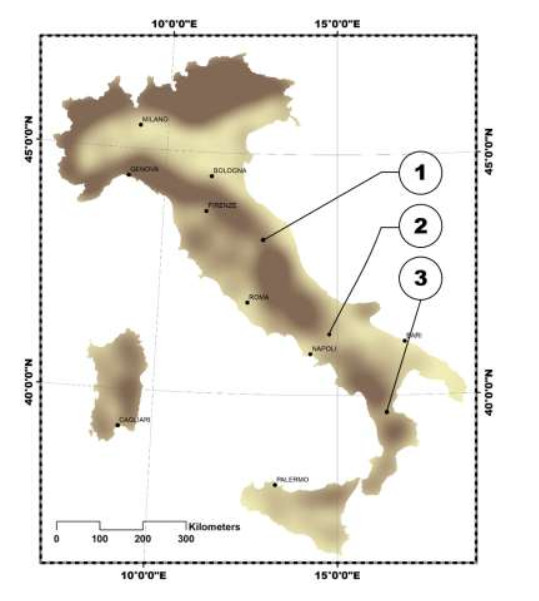
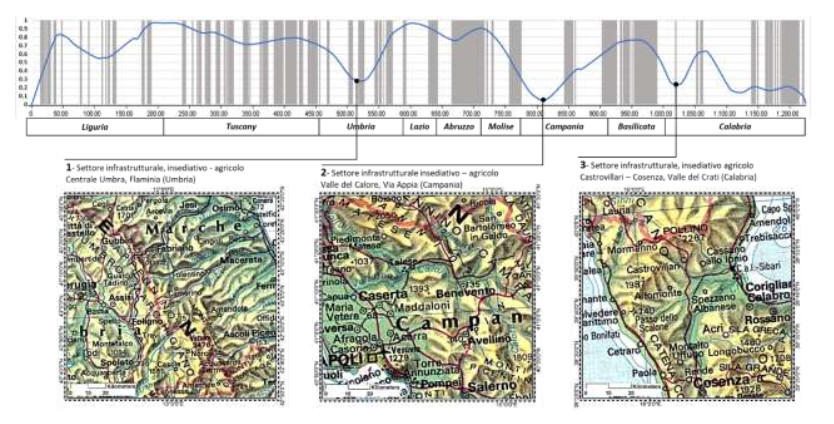
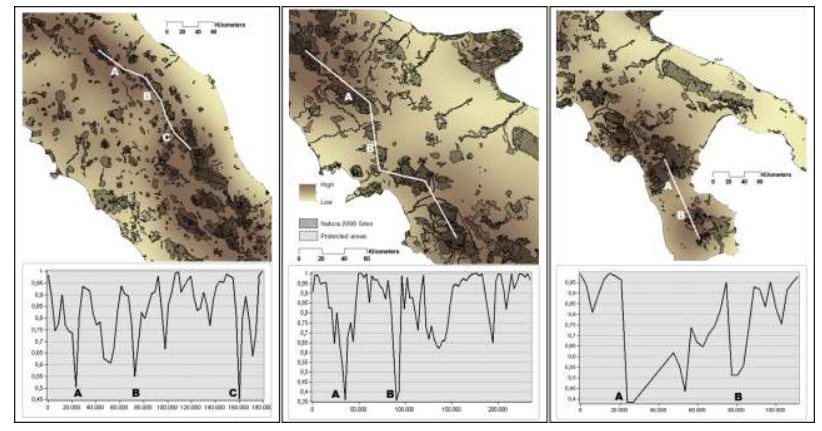
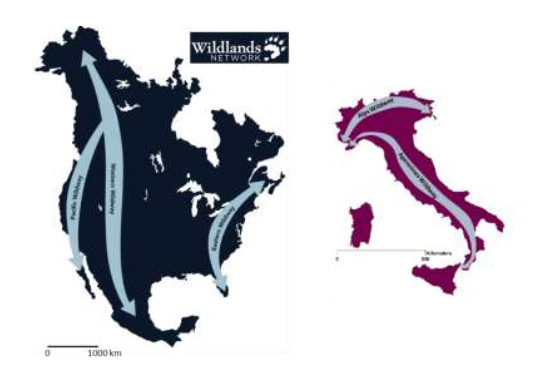


 DownLoad:
DownLoad: